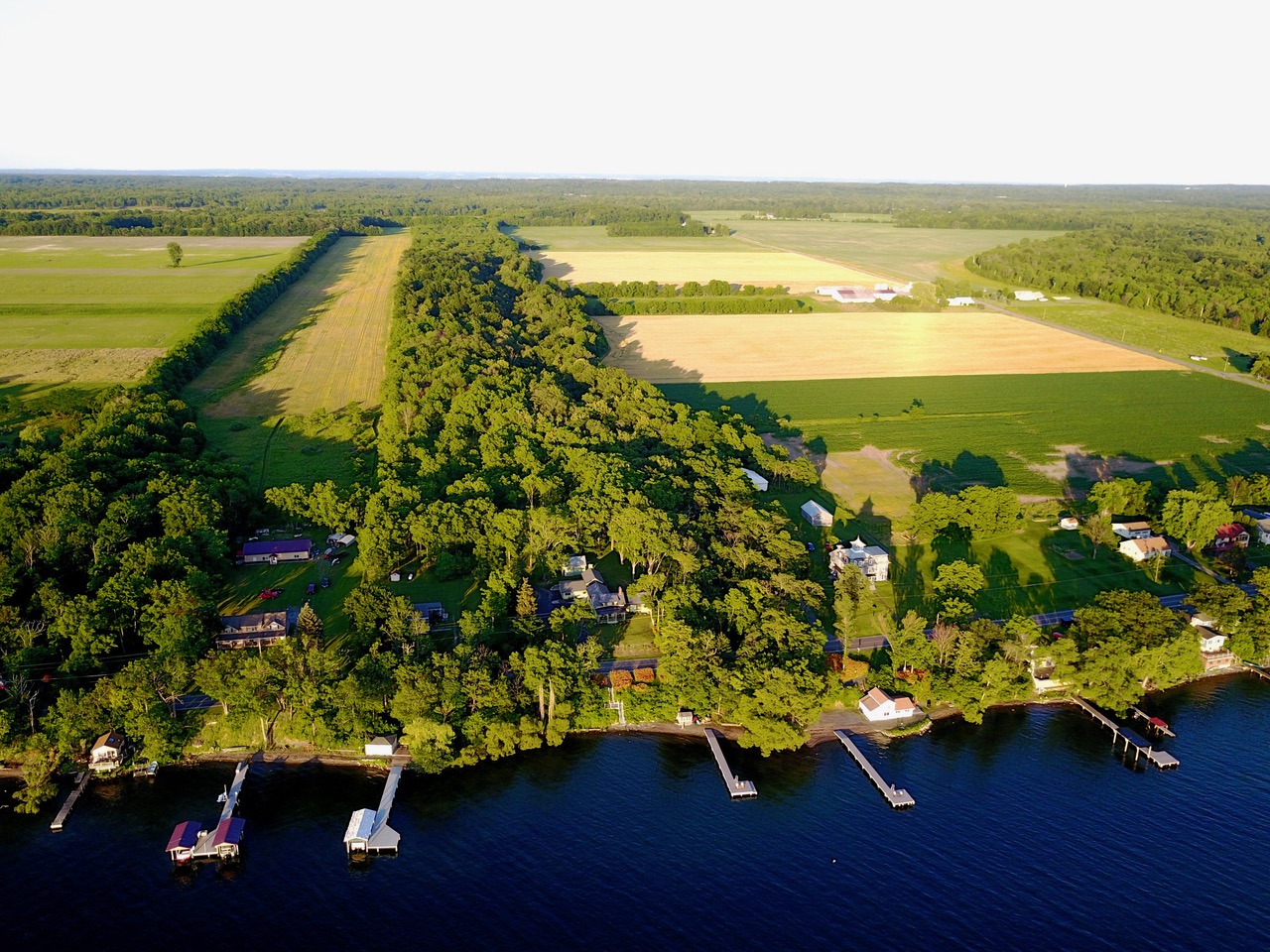Varick Planning Board
December 13, 2018
Called to order at 7:00 pm
Present: : Linda Mastellar (Chair), Frankie Long, Hershey Sensenig, Rich Olsen, Bill Yale, Thomas Björkman (Secty). Absent: David Kidd, excused.
Kim Nason, Phillips Lyte (representing BQ Energy) and Jim Falsetti, BQ Energy; Mike Karlsen, Michele Hermann.
Minutes of October 2018 approved. Moved by Long, Second by Yale. All in favor. The November meeting was cancelled due to a snowstorm.
Sylvester Brown estate subdivision. Mike Karlsen represented the owner who proposes to subdivide tax parcel 2-17.2. The proposal is to divide a property consisting of 7 ac vacant land, with one parcel being 1.7 acres and 100 ft wide, the other being 5.3 acres and 350 feet wide. The applicant will provide SEQR information and an Agricultural Data Statement. [Board member Long noted that she is a party to this transaction.]
The planning board received the Sketch Plan and classified it as a Minor Subdivision. We received the subdivision plat, and will forward it to the county once the signed documents are received.
Solar energy proposal.BQ Energy presentation on solar energy facility in the WITE district on the former Depot. This was an introductory discussion to familiarize the board with the proposal and to determine next steps.
The company develops solar energy plants on brownfields. They own the facilities and sell the power mostly to multiple local customers, “community distributed generation.”
The company has about 100 acres under option with owner Martin. The area is north of the townline road on the east side of the property. It is currently mostly igloos and access roads, and has no special environmental contamination issues. They began talks with Seneca County IDA when they owned the property. They would develop units of 5 MW (~25 ac), the limit for a single parcel. Each unit would have solar panels in a solid block, grass underneath and between panels that is periodically mowed, and have a fence that is compliant with the National Electric Code. The facility would be managed remotely. A local contractor would mow and maintain electrical equipment.
The igloos would be leveled and the remains left in place. Trees would be cleared in the first year. There would be no panels over wetlands. The fence would have a small opening at the bottom to allow small animals to move in and out and facilitate closer mowing, while excluding humans. Deer would be able to jump over.
The power would mainly be targeted to local users, for which there is abundant infrastructure. NYSEG will take 5 MW in the local distribution line. Larger amounts would need to go to a National-Grid 34.5 kV transmission line at the “Ordnance substation” on Cherry Hill Rd.
Plans for end of life. The panels have a 30-year design life. The company would prefer a lease of 20 years with optional 5-year renewals. Old panels tend to still be in service, so these may be worth keeping in place after 30 years. Another likely scenario is to put new panels on the same infrastructure. If it is removed, both the panels and frames would be removed, with little left behind. The planning board would expect a decomissioning plan with a bond.
Property tax. Under Tax law 487 solar energy generating facilities are not subject to taxes. The community may want a payment in lieu of taxes. Since the revenue from the facility is about same as a full property tax, that rate is uneconomical. The PILOT agreement would be negotiated by the Seneca County IDA, who would distribute the funds. The rate agreed to in Cattaragus is $5,000/MW capacity per year, whereas Lackawanna and Patterson have no fee because they value the power and occupancy.
The current code does not permit solar development in the WITE district, but that use is anticipated in the Comprehensive Plan. One option is to make solar a Special Use in the WITE zone. That option was considered a good place to start with a proposal. The company prefers to have the code change and special use permit be combined as parts of a single action under SEQR.
The board will attempt to develop code revision at January 24 VPB meeting, and get input from Harriet Haynes in the County Planning Department.
For SEQR, planning board can be lead agency. Town board passes the Special Use Permit.
Docks and Moorings. Ryan Stebbins, town attorney, provided language relating to docks and moorings used in Fayette and comments on Varick code.
Proposed revision to Zoning Code. New text in italic.
Add to Definitions:
Mooring. A floating device anchored to the bed of the lake, such as a bouy or a fixed structure, on or under the water, to which a boat can be attached.
Add to Use Table:
Lake Water district. The permitted uses are Docks, boat hoists,and moorings. Moorings must comply with Coast-guard rules. They shall be positioned so that the boat or swim platform remains within the water-rights lines.
Add to the end of 306.3: Other structures:
A removable seasonal dock only requires a permit initially and may be reinstalled annually as long as it is the same size and meets the setbacks. placed in accordance with the constraints of the permit.
If the lot is too narrow for a dock to meet the side setbacks, the ZBA may consider granting a variance for a temporary dock and hoist with smaller setback dimensions, if it is installed in a way that does not impinge on the neighboring lots and contribute to congestion. This provision shall not be used to justify allowing more docks on larger lots.
This language will be in the next proposed revision of the Zoning Code that is submitted to the Town Board.
Michele Hermann expressed interest in joining the Planning Board. Chair Mastellar will convey that information to the Town Board, as well as the apparent vacancy of Kidd.
Adjournment moved by Olsen, seconded by Long. All in favor.
Adjourned 9:30.

